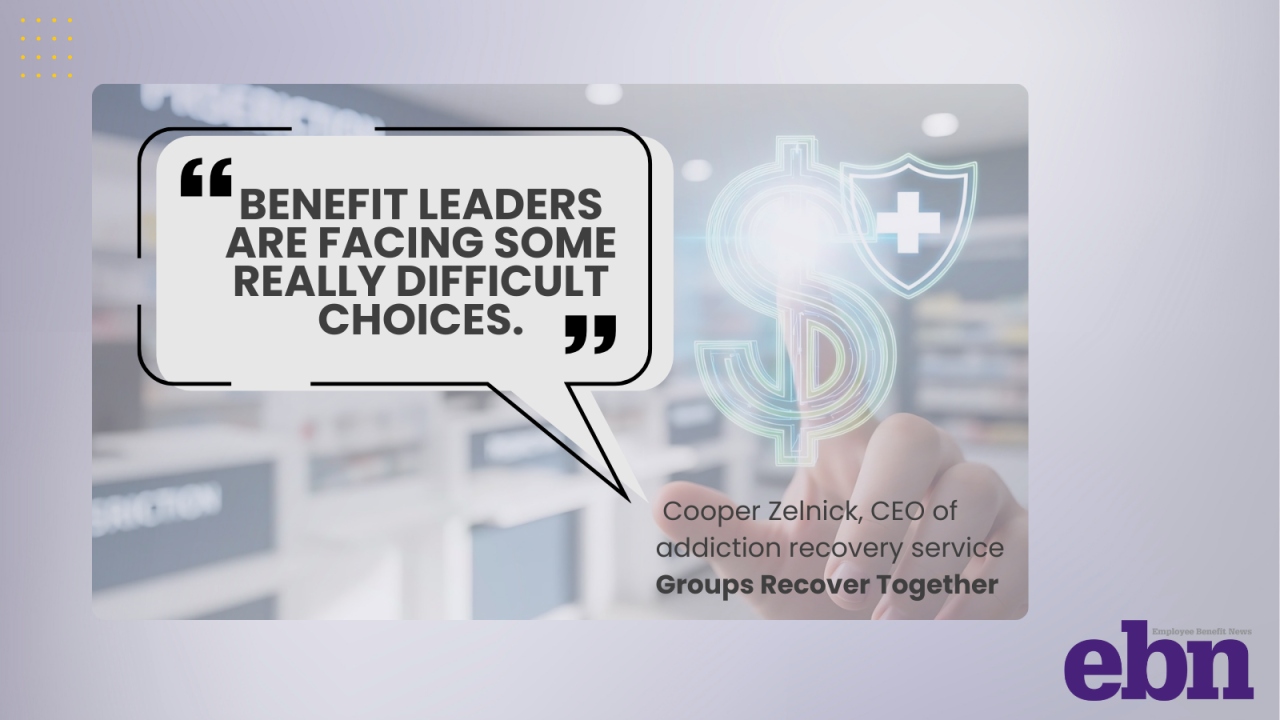- Key Insight: Discover how universal-design child care can transform talent retention and workforce flexibility.
- What's at Stake: Failing to address single parent needs increases costly turnover and harms talent pipelines.
- Supporting Data: 470,000-member parenting community underscores the scale of engaged single parent voices.
- Source: Bullets generated by AI with editorial review
Raising a child as a single parent is hard. Add in the stress of juggling a full-time job and it becomes even more challenging.
Author Pat Hankin touches on this subject and more in her new book, "The Field Guide for Single Parents: Practical Tips to Take Control of Your Life." Hankin, herself a single parent, says benefit leaders can play a big role in

"The problems companies have in dealing with single parents is these cultural stereotypes that keep coming up, [that single parents are] unreliable," Hankin says. "If companies are really interested in attracting this talent, they have to deal with their own ingrained biases about that."
Read more:
Hankin, a business professional and longtime moderator of a 470,000-member parenting community, recently spoke to Employee Benefit News about inclusive
This interview has been edited for length and clarity.
What kinds of benefits and programs do you think companies should offer to help single parents?
The concept of universal design [is when] you design something that's accessible to everybody because everybody benefits. In most families, all of the caregivers — the adults in the household — are working. But if the kids get sick, you've got no backup, so you have to take a day off work and it goes against your
Read more:
The best run solutions I've seen have been where a company engages in a partnership with some sort of established child care company. So it could be Care.com that offers vouchers that you can use to get backup sitters. If you're a big company, you might want to have Bright Horizons and work with them. Nirvana is a company that has full-time
During COVID, many employers increased flexibility for workers with child care needs. Do you think that experience made companies and benefit leaders more compassionate toward single parents and some of the challenges they face?
Five years ago, people were more understanding of single parents. And then when
Is there one message that you hope companies and benefit leaders take away from this book?
Understand your workforce's needs, your company's needs as to what you need in a workforce and then be willing to think outside of the box and not view this as a zero-sum game. There is research out there about the






